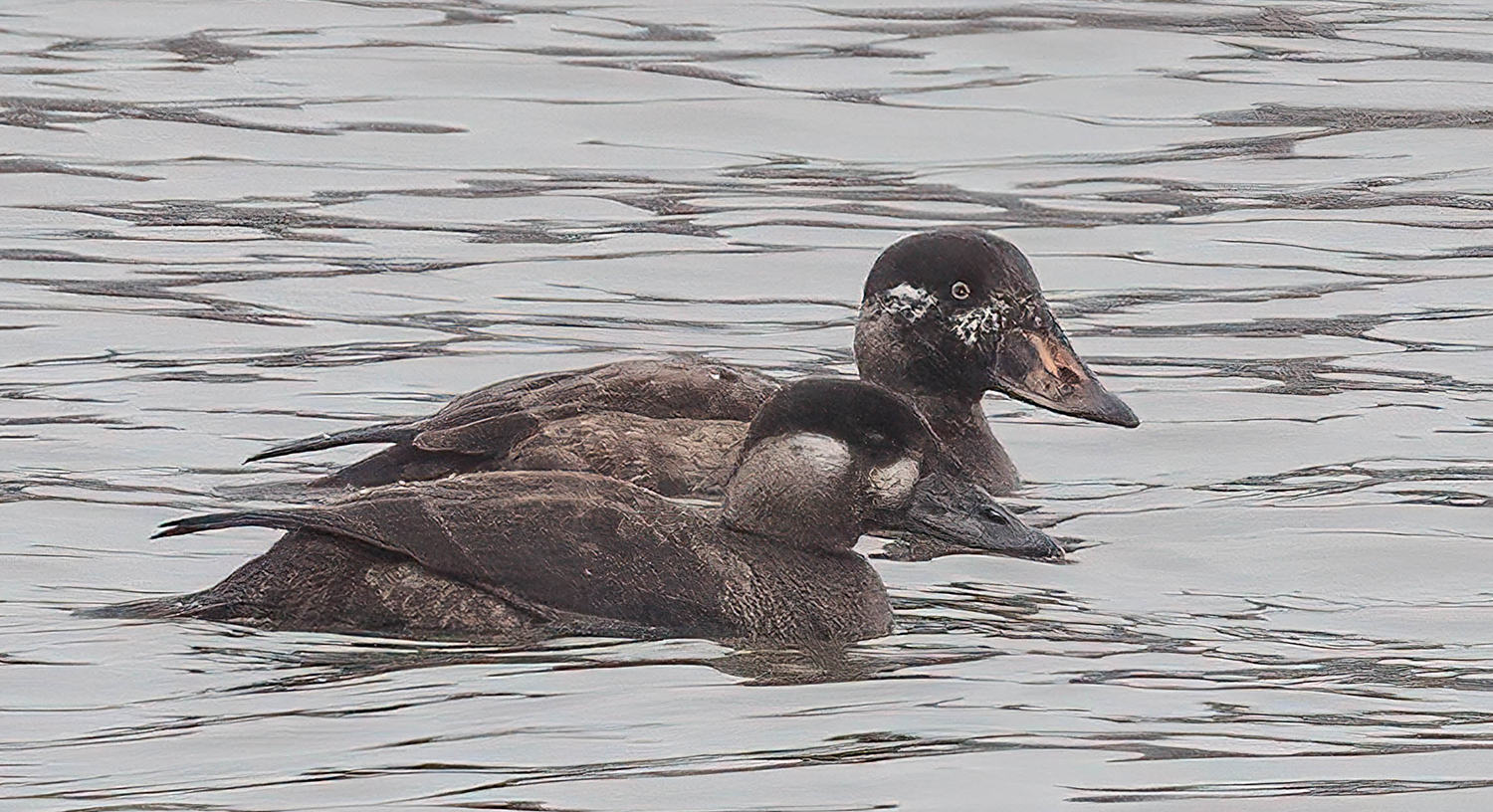At 123 years old, the National Audubon Christmas Bird Count (CBC) is the longest running citizen science project in existence. Its roots date back to 1900, when ornithologist Frank Chapman suggested that people should go out at Christmas and count birds as a replacement for the standard practice of going out and shooting birds. The Christmas “side-hunt” was a holiday contest that was all the rage in those days. Luckily, the Christmas Bird Count won the longevity prize, and the practice of indiscriminately shooting birds for sheer sport did not.
From its modest beginnings, the CBC has grown from a handful of birders documenting 90 species in 1900, to 76,800 birders covering 2,621 territories, resulting in the documentation of 42 million individual birds representing 2,554 species. The Peoria area is home to three count-circles. With the longevity of the CBC, you would think that birders have seen it all, but each year brings something new to those who take part in a CBC. This year, a new species was added to the Peoria CBC list: The Surf Scoter.

Male (background) and female (foreground) Surf Scoters spotted on the Illinois River at the Dec. 17 Christmas Bird Count.
PHOTO STEVE ZEHNER/WILDZ PHOTOGRAPHY
Scoters are a group of diving ducks that all nest in the arctic and migrate in winter to ocean coasts of North America. To see any scoter species in central Illinois is a rarity. To spot them on an actual CBC is even more scarce. In past years, we have seen the Black Scoter once on a CBC (2018), and the White-winged Scoter three times (1990, 1993, and 2014). The Surf Scoter has eluded us on a CBC until this year, when several birding teams were able to document the birds that have been hanging around the Illinois River for a couple of weeks.
The Surf Scoter nests in freshwater lakes and waterways where the boreal forest gives way to the arctic tundra. During breeding, the males are dressed in jet-black plumage with flashes of white on the nape, forecrown and base of the bill. Their large bills are festooned in orange, white and black. Soon after nesting, and before migration, Surf Scoters will molt their feathers and, for a brief period, are flightless while their new feathers grow. Their migratory plumage is much more muted and browner. They feed on aquatic invertebrates, especially shellfish and mollusks, which are swallowed whole and ground up in their powerful gizzards. They likely find the zebra mussels in the Illinois River a suitable food. Locally, they can be seen diving near the abutments of the Murray Baker or McCluggage bridges. All scoters are accomplished divers and will actually use their wings to assist their powerful legs in diving deep and “flying” through the water. This can make them difficult to spot since they can quickly disappear from the surface and pop up quite a distance from where they previously were.
Given the fact that they breed and nest in a relatively narrow band of arctic habitat, they are a species that will be greatly impacted by climate change. Bird surveys, like the CBC, have allowed scientists to determine that the number of Surf Scoters is likely half of what it was in 1900. Climate change models developed by scientists also estimate that if we do see a 3-degree Celsius increase in the earth’s average temperatures, Surf Scoters will lose more than 67% of their current nesting habitat. There is only so much boreal forest-tundra edge to go around, and there will be even less as climate pushes this rare habitat further north.
It has taken 123 Christmas Bird Counts before we spotted our first Surf Scoter on a Peoria CBC. Let us hope that it is not the last time we see them. If the world continues its trend down a human-influenced warmer climate, this is just one of many species of birds that will be in peril as their habitats disappear. The National Audubon Society, which has sponsored the CBC during its 123-year run, has estimated that two-thirds of bird species in North America are in peril of extinction due to temperature rise. Their online report “Survival by Degrees: 389 Bird Species on the Brink” is a great resource for understanding how climate change will impact some of our most beloved bird species. Check it out at: https://www.audubon.org/climate/survivalbydegrees


1 comment for “Nature Rambles: Surf Scoter catching waves on Illinois”
Recent Comments
Great article! And thank you for all of your work in coordinating the Peoria Count for many years. I was also so excited to add a new bird to my life list, seeing a Surf Scoter from Peoria Park District property, Detweiler’s Playground. I also saw a bald eagle, an eagle’s nest and juvenile eagle just above a beaver dam at Woodruff Park where Spring Creek enters The Illinois River right downtown. Great things are happening in Peoria Wilds!